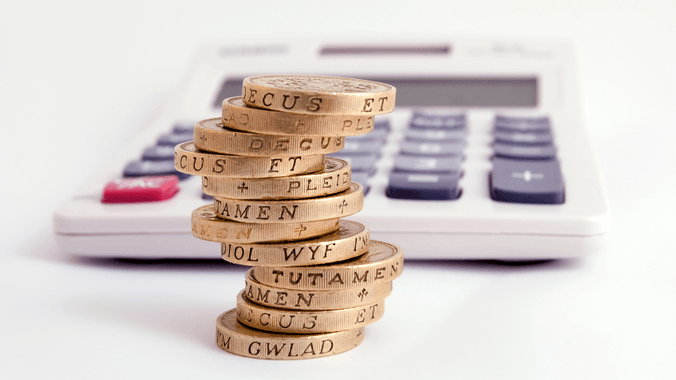Why are dividends the best form of payment for contractors?
If you are contracting and running a limited company, the most advantageous way to take your income is via dividends, which are the division of profits among shareholders. If setup correctly, taking mostly dividends rather than a salary will mean you pay less tax as a contractor. In the current tax climate, dividend income is the most advantageous form of profit distribution for small limited companies from a tax point of view.
Low salary and high dividends
The best tax strategy as a consultant is to take the lowest possible salary, because salary payments are taxed with PAYE and National Insurance contributions. To do this you calculate your company gross profit, apply corporation tax, and then dividend up the net profit (or shareholders funds) among the shareholders according to the rules set up by your company's articles.
When can you take dividends from a limited company?
You can distribute dividends at any time. You just have to have money in the bank account to do so. But, beware, at the end of your tax year you must ensure that the total of all your dividends taken have been covered by profits earned by the company after all expenditure (including salaries) and corporation tax. Paying dividends out of untaxed earnings are illegal dividends, and against the law and you could face an investigation and severe penalties from HMRC.
Deciding when to make a dividend payment
The decision to take dividends must be approved by the company shareholders in terms of the voting rights as specified in your company's articles. Most contractor limited companies distribute even amounts of ordinary shares: typically one spouse or partner has 50% and the other has 50% (called dividend splitting or income splitting). In this case, each partner gets 50% of the profits.
You can hold a shareholders meeting to vote on dividends, but this is no longer required. You can simply agree among the shareholders to distribute them, and then note the amounts given out in the company's annual records and its accounts (a so-called 'dividend foil,' which is a simple receipt for the dividend paid, is sent out to each shareholder--please see our article on "Dividend Paperwork'' for how to handle this very simple paperwork).
How to calculate dividends
You can take dividends whenever you like and for as much as you like, but you must ensure that the total of all dividends in your company year are not made in excess of the company’s profits after corporation tax (called 'distributable profits'). You should keep a running total of the approximate profits generated for the company year and ensure that by year end all dividend payments were only made from taxable profits.
In general terms, the approximate amount of available dividend can be calculated as follows:
| £ | |
| Income received from your agent (excluding VAT) | XXXX |
| Less: Expenses (including salary, employers NIC and all other costs incurred) | XXXX |
| Taxable profit | XXXX |
| Less: Corporation Tax @20% | XXXX |
| Maximum dividend available for distribution to the shareholders | XXXX |
You have no obligation to take out the maximum amount; decide how much working capital you may need for your company as well.
What IR35 issues are there with contractor dividend payments?
If you believe your revenue is earned from contracts that are inside IR35, then you must not take dividend income as this is against HMRC rules. As a 'disguised employee' you must take your income in salary. If you are in doubt about your IR35 status, evaluate what you do very carefully and see a lawyer. Look closely with the lawyer about what you do on the job, as well as your contracts. Should you take dividend income, and be judged inside IR35, you risk heavy penalties in back tax payments and interest.
In some cases you may have multiple contracts within one tax year, some inside IR35, and some outside IR35. Company profits would then arise only for the income outside of IR35.
How dividends are taxed
Tax on limited company dividend payments is calculated depending on your personal income, and not on your company taxes.
There is a dividend tax allowance (£5,000 at time of writing, but is decreasing to £2,000). This is tax free dividends. From then on, any dividend received in the basic rate band are taxed at 7.5%. Then higher rate is 32.5%, followed by the additional rate at 38.1%.
How taxes are calculated is explained in detail in our guide to dividend taxes
What is ‘splitting dividends’ and ‘income shifting’?
As you can see from the dividend calculations, if you and your spouse each split dividend income 50-50, you will each have a lower taxable income than if one partner took all the dividends.
Income shifting is a perfectly normal tax strategy and acceptable for now, but the Treasury did threaten to put a stop to this practice in the past. However, this proposal didn't go through. The proposals elicited an outcry from the entire tax and business community because they were unworkable. A consultation period took place on income shifting, but to date the topic has pretty much disappeared.

